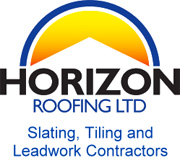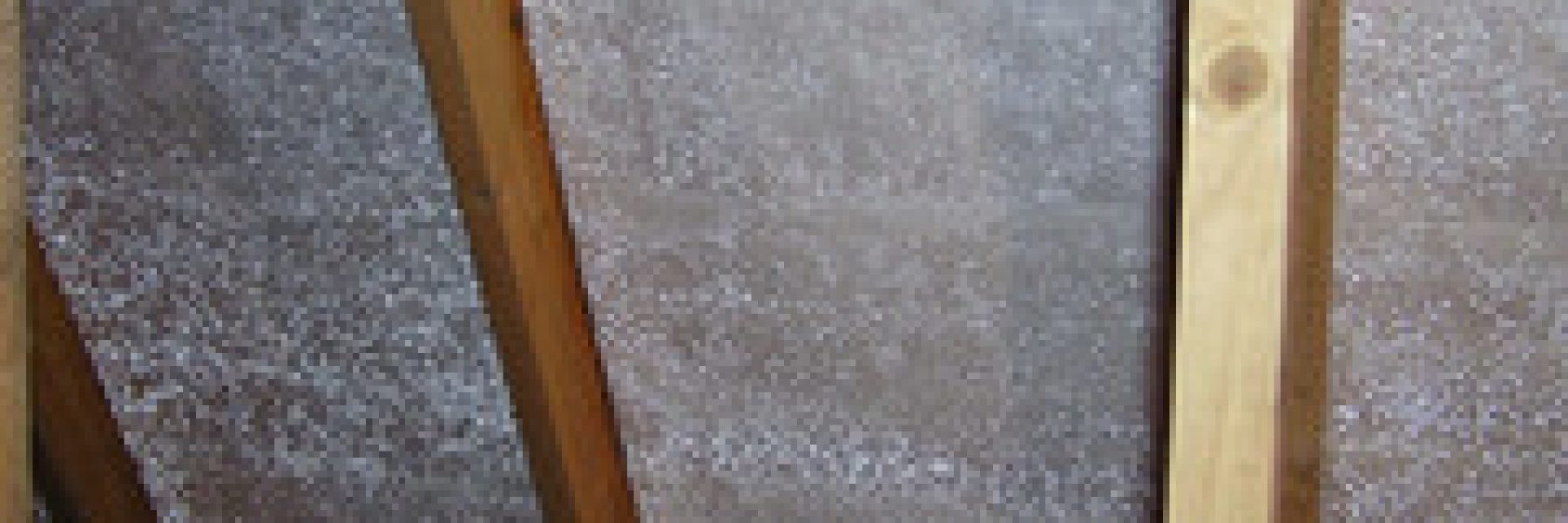Vapour permeable underlays were once heralded as the answer to condensation in cold roof spaces. It is true that their introduction to the market has helped greatly, but experience is telling us clearly that traditional ventilation is actually the only way to be sure to avoid a problem that is most acute in newly completed houses.
This fact was recognised by the NHBC a couple of years ago when an increasing number of complaints regarding condensation-related damage in roofs drew attention to the problem. The organisation produced guidance in 2011 to remind builders that ventilation, at eaves and particularly at ridge level, is the recommended system for cold roofs.
The science is relatively straightforward: the rates of moisture removal that can be achieved via ventilation (convection) are far greater than can be achieved by diffusion, the method that most vapour permeable underlays rely on for their function.
The starting point is effective eaves-to-eaves ventilation. A gap is created between the insulation and underlay at the eaves so that air comes into the roof space and out the other side.
Introducing this type of low-level ventilation is a relatively straightforward process as part of a new roof construction and it can also be retrofitted to solve a recognised problem. Redland provides a number of component options to integrate this ventilation into the roof system.
While eaves-to-eaves ventilation is a good starting point it will not necessarily solve the condensation problem on its own. This is because it is dependent on wind to create the through-draft necessary to take the water vapour out of the roof space and factors such as lack of wind or building orientation can reduce the effectiveness of this method of ventilation.
Moreover, for steeply pitched roofs a through-draft from eaves to eaves may not be totally effective in removing pockets of stagnant moist air trapped in the apex.
Consequently we always recommend a combination of low and high level ventilation for cold roofs where a vapour permeable or non-breather underlay is in use. The only exception is where a well-sealed ceiling can be achieved: in this case with a vapour permeable underlay the roof can function with just high level ventilation.
The high level ventilation product, situated either at or near the ridge of the roof (perhaps in the second course of tiles down) is an effective form of passive roof ventilation in all weather conditions: it forms a stack effect, creating a draw that is not dependent on wind.
We published our own technical guidance document on this issue in 2011 and the conclusions are in accordance with both NHBC recommendations and the British Standard BS 5250.


